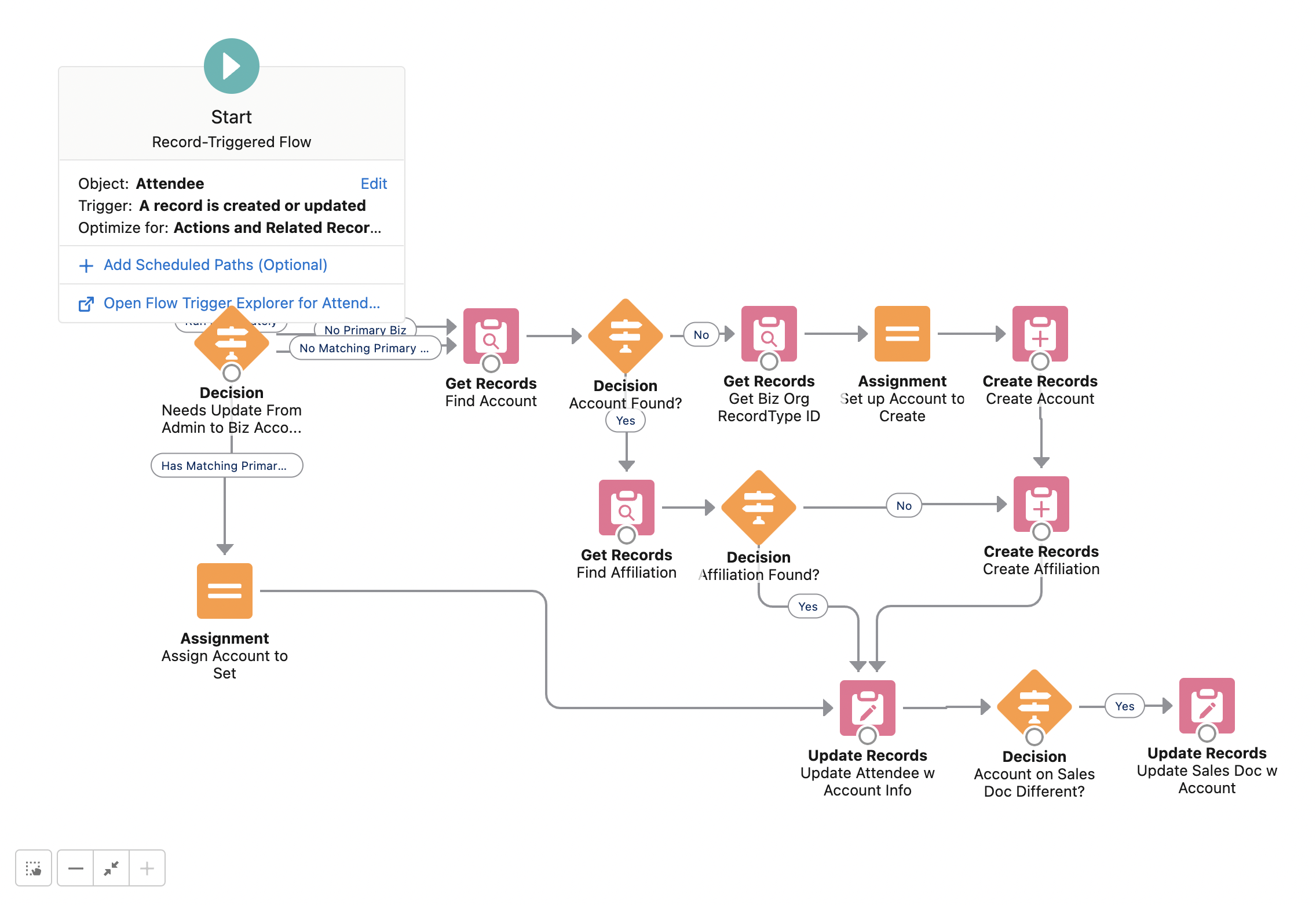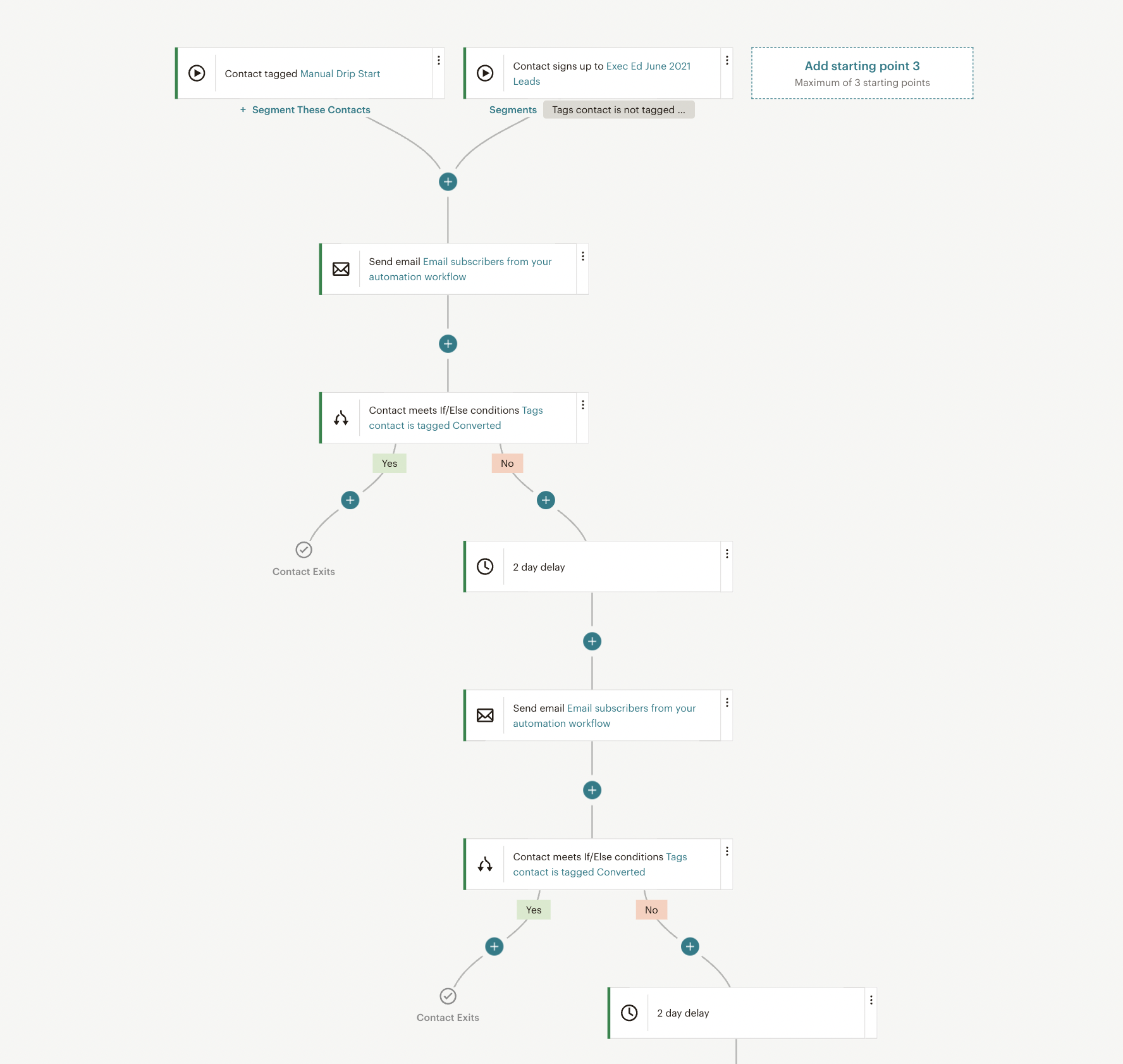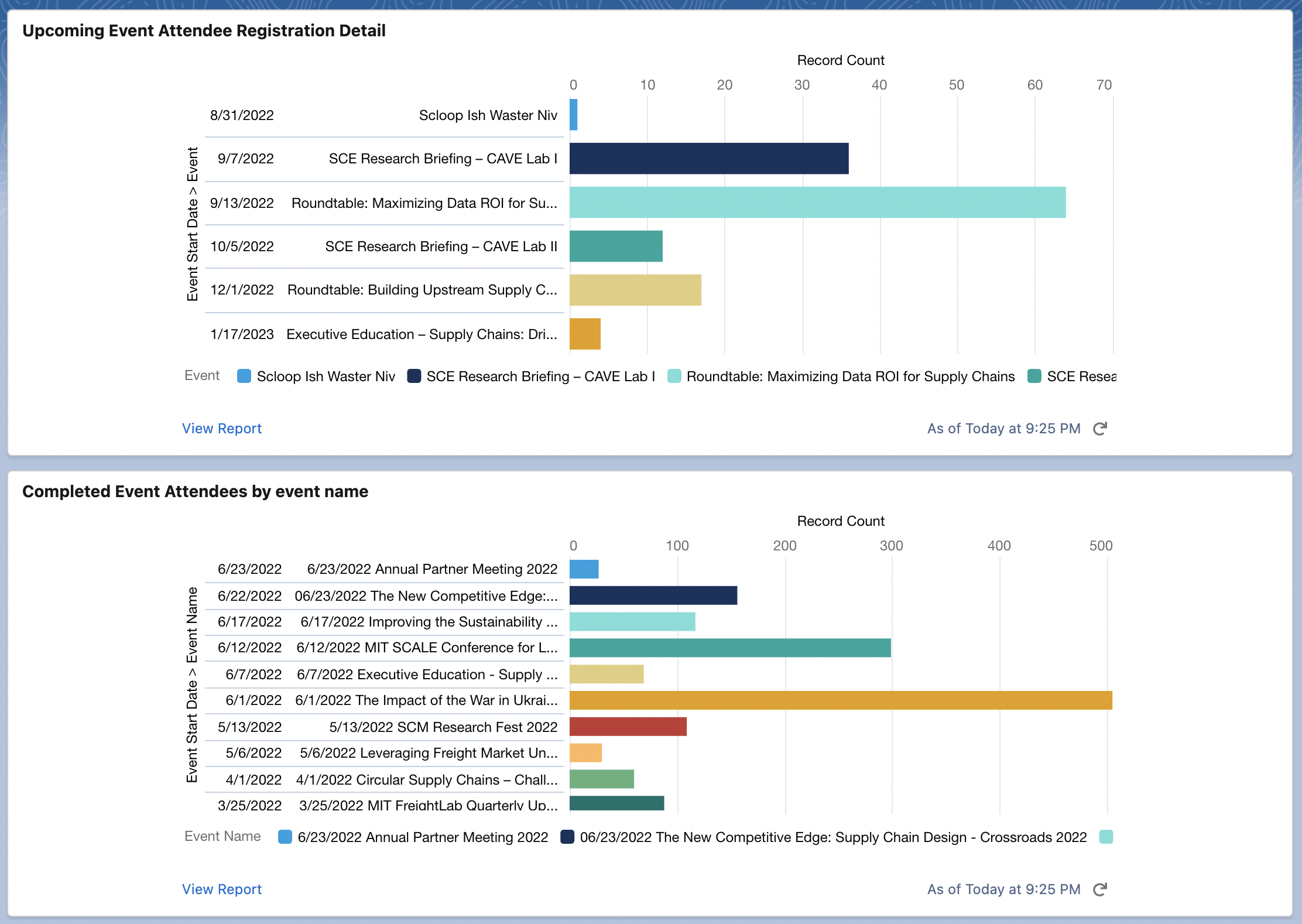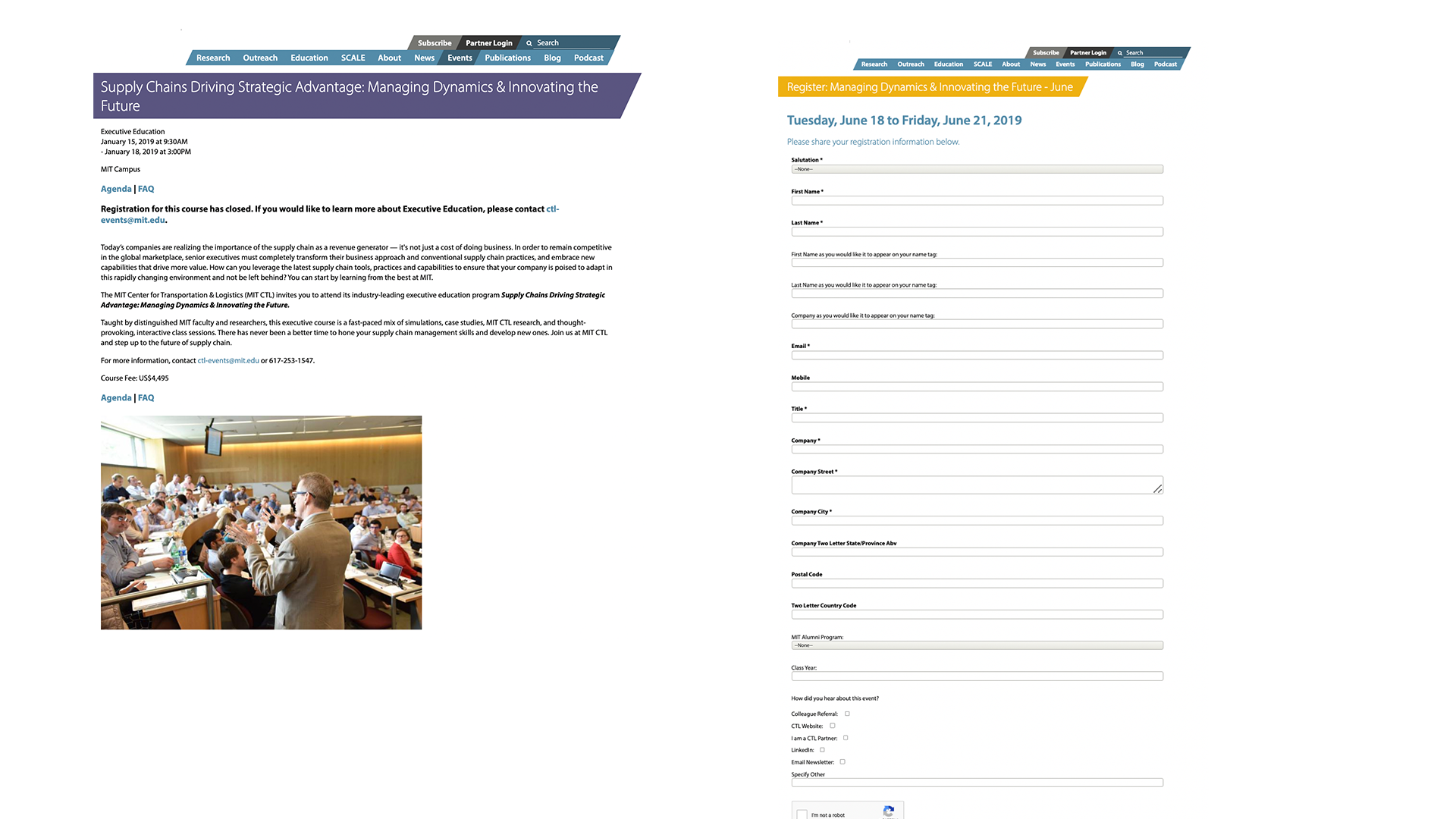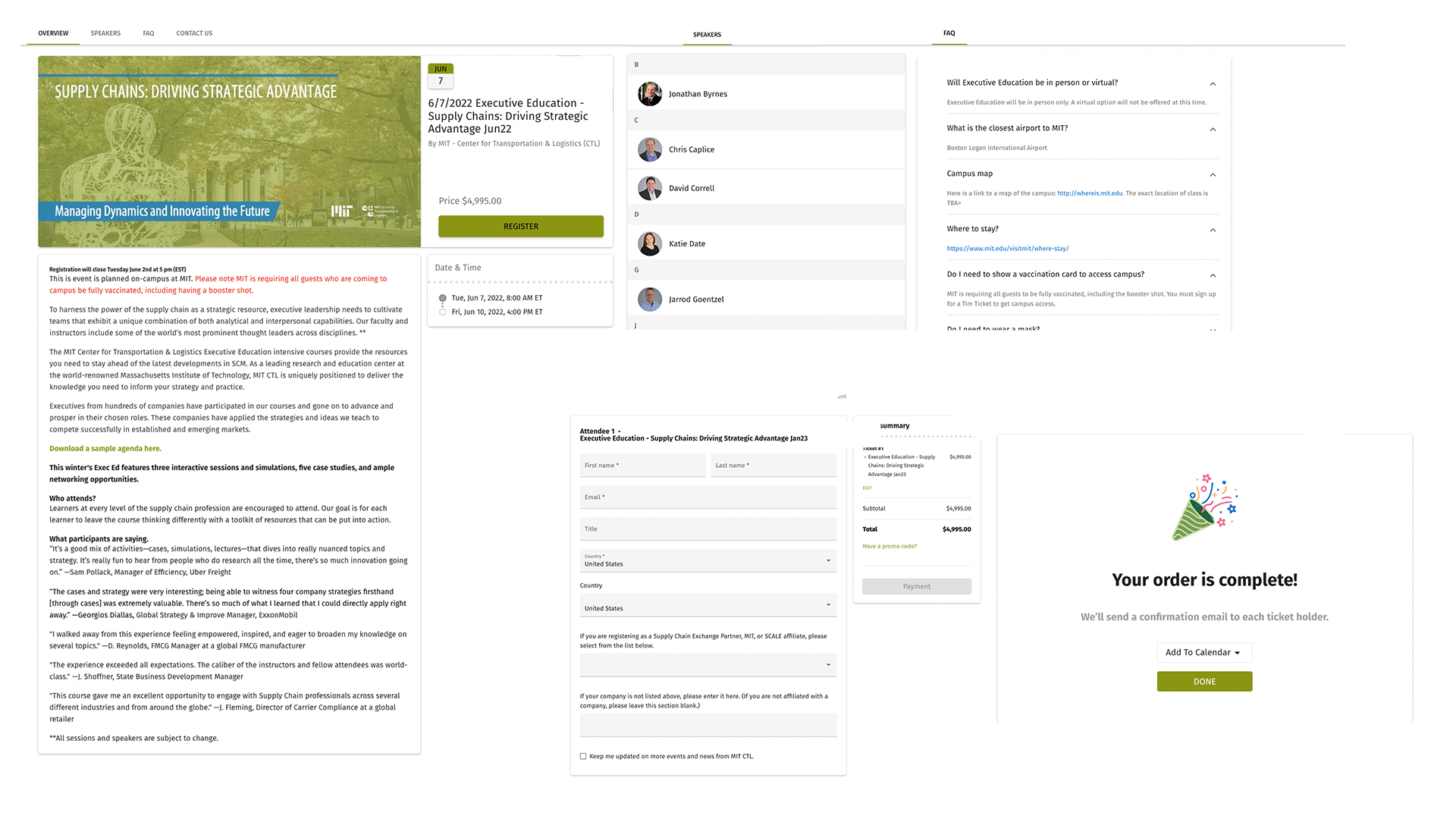Integrated user experience journey
Increased sales, user engagement, and retention
Outcomes
%
Increase in customers engaged annually
Marketing material downloads
%
Increase in email open and response rates
%
Billing processing time decrease
Observe
Case context
The client business unit, which provides B2B annual research project partnerships, executive education, and professional development for people working in medium to large enterprises, was facing challenges. They target managers and executive-level supply chain, and manufacturing participants. Technological and industry changes drive increased demand for education and upskilling within these companies. With a solid reputation and product offering, the group began to struggle to drive new business and meet existing customer demand due to these challenges.
Website interaction was comprised of a single web form and follow-up email. Go-to-market materials were dated in appearance and emailed as PDF attachments after prospects expressed interest. The CRM instance and web interface were becoming outdated and did not meet competitive standards. The marketing email was delivered in a separate system. Billing and payments were issued manually in a separate system. Reporting was manual based on individual exports from multiple systems. There was confusion about who was responsible for which aspects of a customer’s journey.
Stakeholders
Customers and their orgs, client business unit, executive leadership, and finance team.
Roles
Digital and events experience product owner, and service design lead.
Collaborators
Marketing, program, finance teams, and contractors.
Reflect
Design Principles
Staff User: integrated, efficient, automated when possible, secure, easy to learn, and intuitive.
End-user:
- Illustrate the brand’s quality.
- Reduce friction.
- Create ample user-centered touchpoints for engagement and social sharing.
Results were driven by empathizing with stakeholders. We interviewed staff and customer users, shadowed users, and surveyed customers on existing interactions. We maintained a ‘dream journal’ shared document to ideate future scenarios and processes desired from the system. We created a business process and stakeholder journey map to understand product discovery, engagement, and delivery from all viewpoints. We prioritized ideations into 165 user stories that would guide our software and marketing collateral design principles, ultimately leading to a fully integrated Salesforce CRM.
Personas
- “StackOverflow” Young professionals seeking instant knowledge
- “Mini-MBA” Mid-career managers facing new leadership challenges
- “Secret Shopper” Domain educators, competitors, and collaborators
Methods
- Journey mapping
- Jobs to be done
- User shadowing
- User stories
- Agile design sprints
- User testing
- User training
Software
Salesforce Lightning, Blackthorn, Campaign Monitor, Figma, Stripe, Jira, MS Office, Drupal, Adobe XD.
Act
Solving for simplicity, consistency, and transparency
Redefine target audience value proposition and update all materials according to brand standards. Integrate CRM, automated email communications, and transactional billing for a seamless customer experience. Provide robust in-application reporting for staff and the production team.


